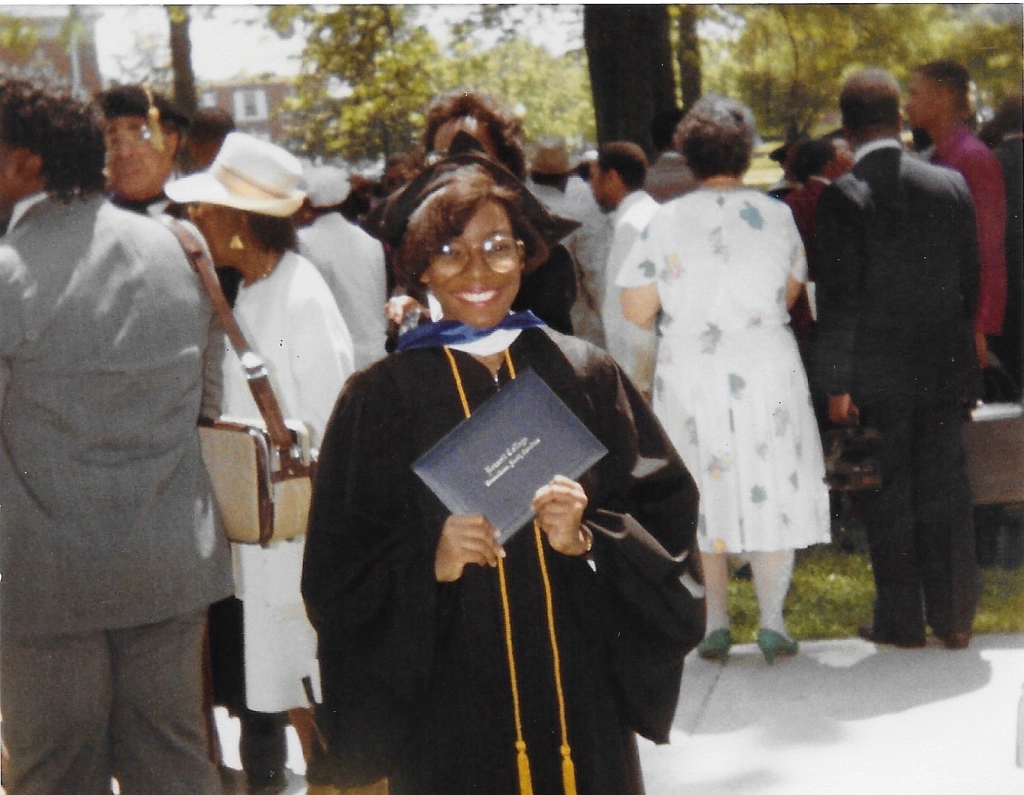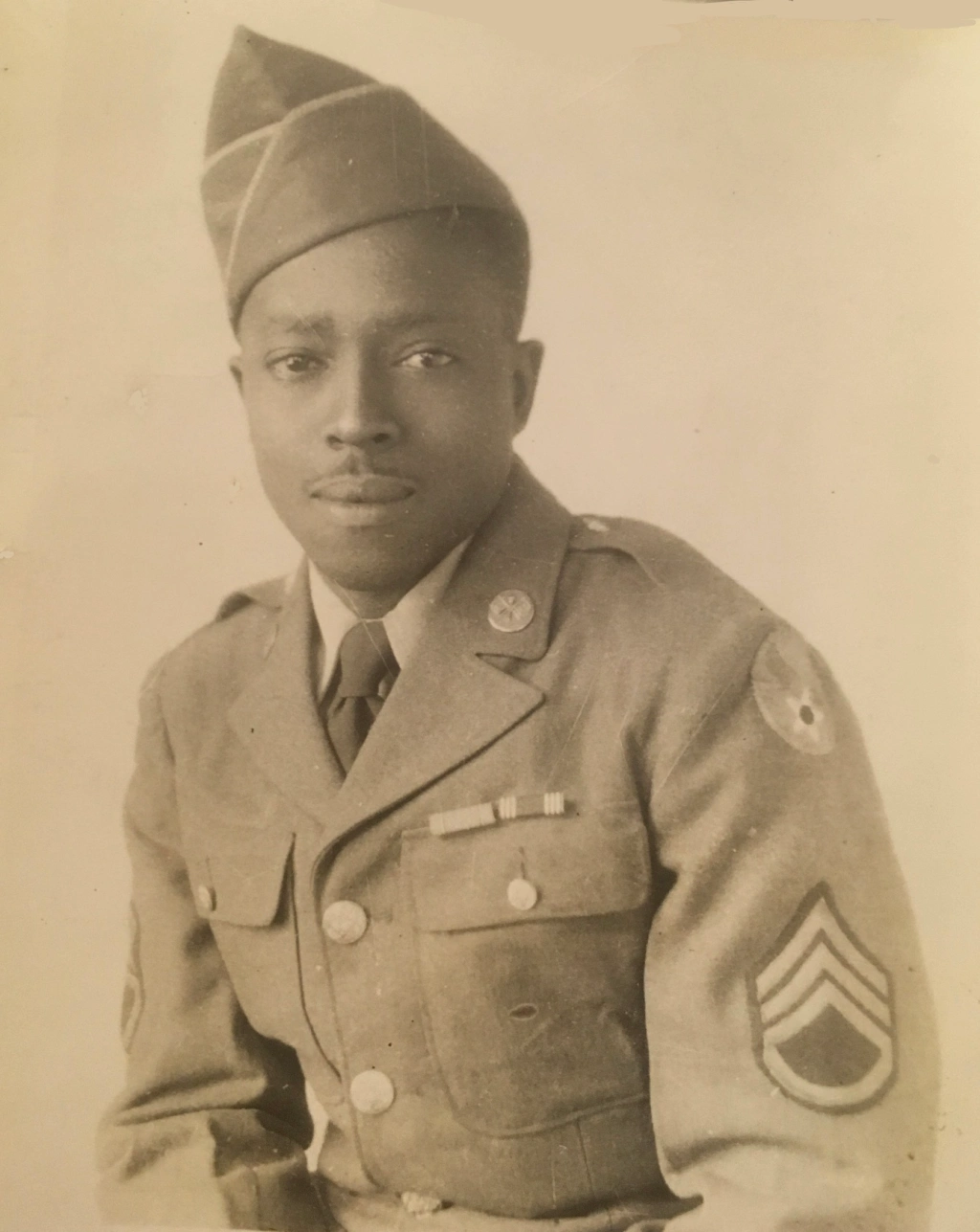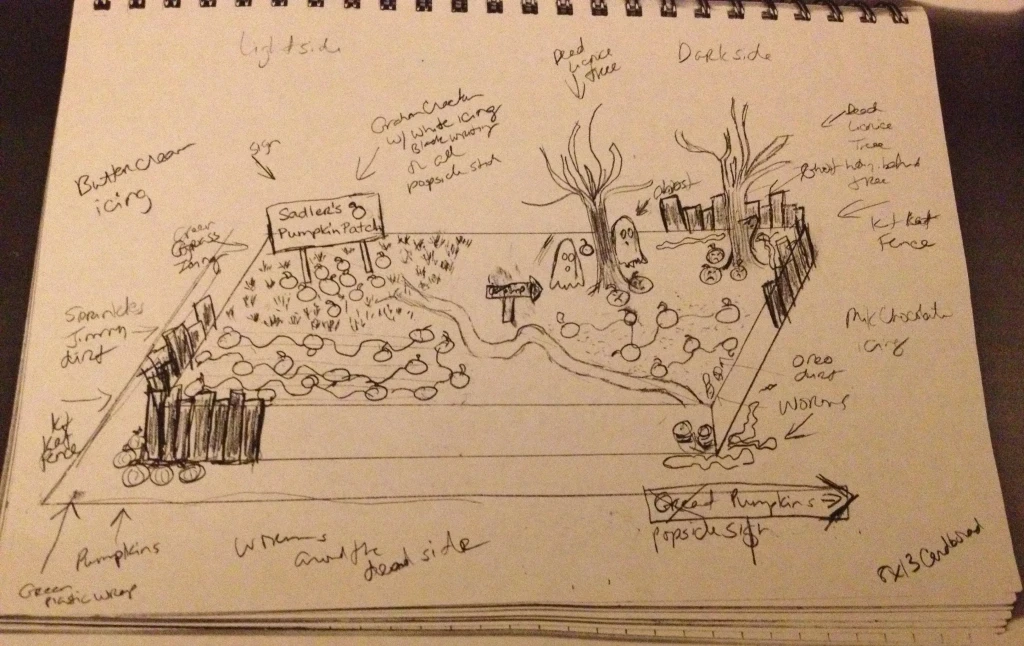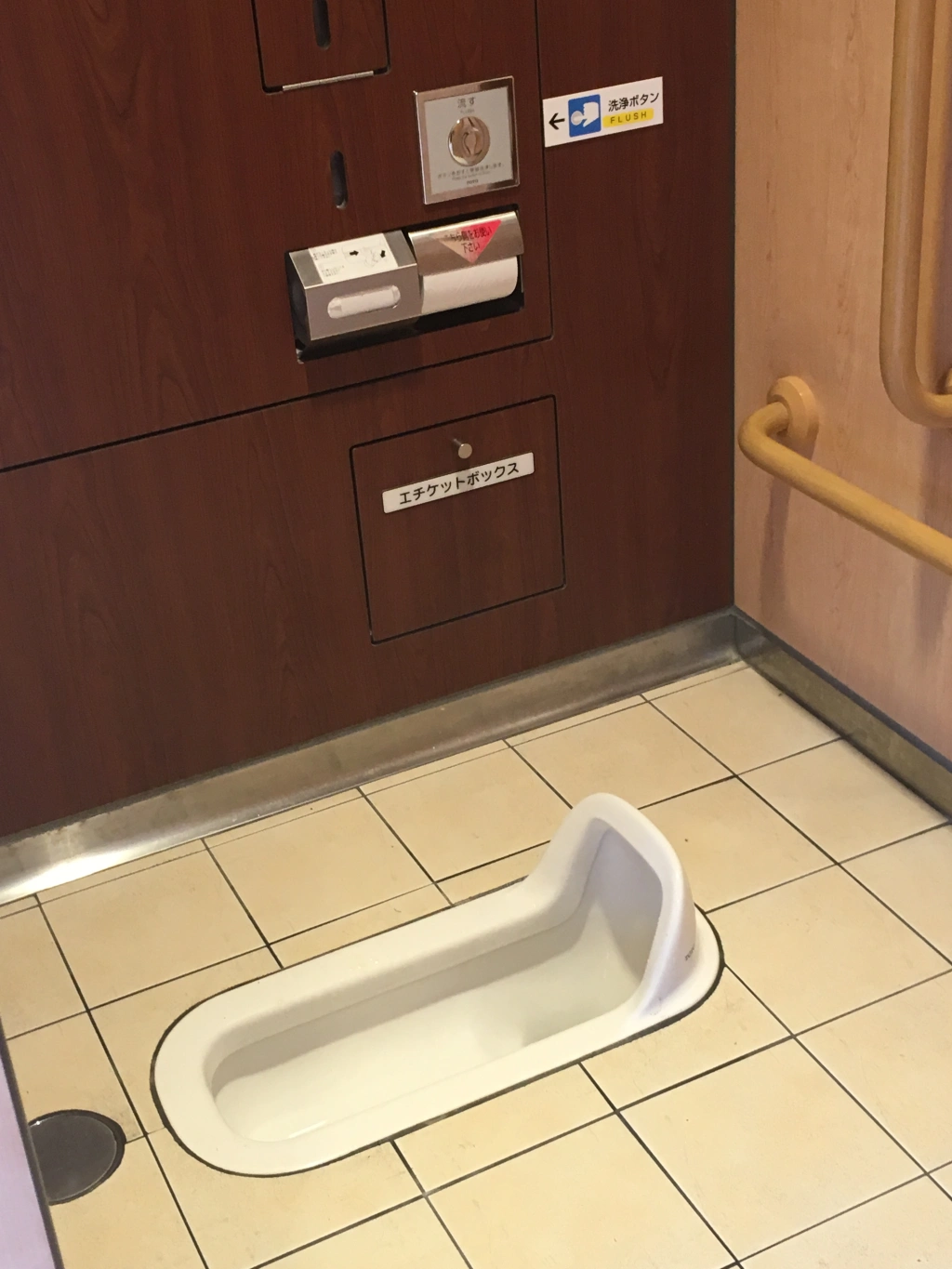I was fortunate to experience Japan during the Obon festival in July. During Obon many Japanese return to their hometowns to honor their ancestors. While that meant I ran into a few shops and attractions that were closed for the holiday, I also got to see lots of people dressed in yukatas (summer kimonos) and the famous lanterns hanging around towns. The celebrations often include fireworks, sending lighted lanterns down a river, carnivals, food and often ends with a fire ritual.
Going out of my comfort zone
 While wandering around the Gion district in Kyoto, I came upon Higashiotani Cemetery. At home, I’d never go into a cemetery alone or really at all. But somehow it didn’t feel scary. It felt peaceful there, almost like a park.
While wandering around the Gion district in Kyoto, I came upon Higashiotani Cemetery. At home, I’d never go into a cemetery alone or really at all. But somehow it didn’t feel scary. It felt peaceful there, almost like a park.
The cemetery and the park nearby still had lanterns up I think for Obon. Many were covered in plastic because of the sporadic rainy weather.
I found the cemetery intriguing. Instead of a wide expanse of grassy areas with headstones, the headstones rested on several levels that went up and up the hill far beyond what I could see. Since most people are cremated, less space is needed for the remains.
Obon got me thinking about how we view and treat death in America. As a nation, the United States doesn’t have special uniform home rituals or days set aside to remember our family members who have died. Of course, there are some people who tend to their loved ones graves on special occasions. Others tell stories to younger family members at any time of year to keep the memories alive. As a nation of immigrants, some families have kept practicing celebrations from their ancestoral homelands.
The closest thing to Obon in the Americas is the Mexican Day of the Dead celebration which runs from October 31 to November 2. I learned a little more about that tradition of honoring family with an offrenda by watching the movie Coco. If you haven’t seen it yet, watch it — and keep three boxes of tissue nearby. It’s visually gorgeous and very emotional.
If you follow this blog regularly, you know I watch a lot of k-dramas (well really a lot of C-drama, T-drama and J-drama, too.). One of the things I always like on these shows is when the family gathers and brings favorite foods on the death anniversary of their parents or grandparents every year. Everyone sits near an altar similar to an offrenda. Except in makjang dramas, it seems like a warm custom. Although I’m not a particularly traditional person, I’m a smidge envious when I see these scenes.
Take a tour of the cemetery
Enjoy a few more photos of Higashiotani Cemetery.










